Rock Paper Rock
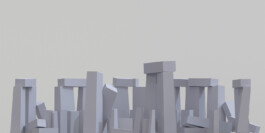
Padiglioni Bookshop Pavilion
La Biennale di Venezia, 2025
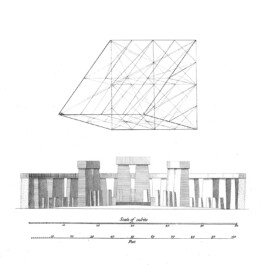
First Office (Anna Neimark, Andrew Atwood, Aram Radfar, designers)
Anna Neimark (Workshop Faculty, Project Designer)
Aram Radfar (SCI-Arc M.Arch 1 ’24, Project Fabricator)
Cooper Bluhm (SCI-Arc B.Arch ’25, Photography)
Sylvia Lavin (Curator of The Perimeter of Architecture: Amid the Elements)
Maxwell Smith-Holmes (Princeton SoA, Ph.D Candidate, Researcher)
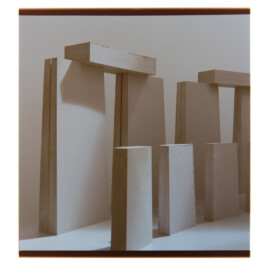
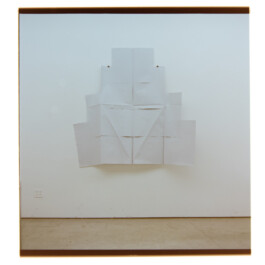
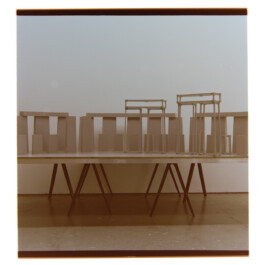
Initiated by the Biennale di Venezia 2025 Director, Carlo Ratti, and curated by the theorist and historian Sylvia Lavin, the group show The Perimeter of Architecture: Amid the Elements is taking place inside the Sterling Pavilion in the Giardini. The exhibition is divided into two parts: on the one hand, it is an exhibition of books, carefully selected by the curator of the show, Sylvia Lavin, for display. And on the other hand, it is an exhibition of contemporary models from a group of North American architects. Two models by First Office were fabricated in Los Angeles and shipped to Venice. Collaborators on the Project include:
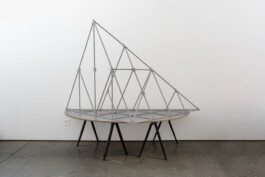
The model revolves around the element of Stone, and its representation in multiple printed sources. Most notably were two manuscripts, by William Stukeley on Stonehenge and Viollet-le-Duc on Mont Blanc. We referenced two of the images to produce a modernist version of Stonehenge and a wireframe of Mont Blanc in the space of the pavilion.
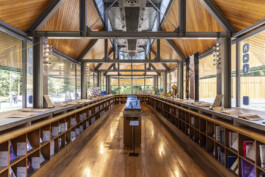
Sylvia Lavin's Venice Biennale Architettura 2025 exhibition in James Stirling’s Book Pavilion. Photography Marco Zorzanello.
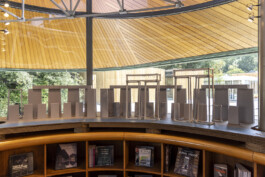
First Office, Rock Paper Rock, Architectural Reinterpretation of Stonehenge at the Biennale Architettura 2025. Photography Marco Zorzanello.
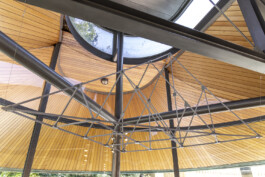
First Office, Rock Paper Rock, Installation hangs from the ceiling of the Book Pavilion at the Biennale Architettura 2025. Photography Marco Zorzanello.
Sylvia’s curatorial intention was to bring all models into dialogue with one another through one shared material: carta azzurra. This Venetian Blue paper was a commodity during the Renaissance when it was produced from recycled rags. Today, the Paper Foundation in England continues to make the blueish tinged sheets with this traditional technique. We tiled the mountain frame in carta azzurra, and used the tone of the cladding as inspiration for other materials, including the bleached MDF sheets in Stonehenge, as well as the square wood dowels and 3D printed joints that formed the framework of the hanging mountain. Here is our model label:
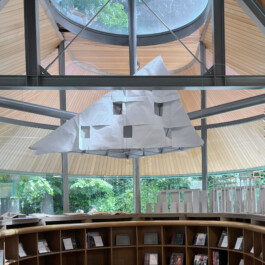
Rock Paper Rock
Pale Venetian Blue laid paper, formed of linen and cotton in Burneside, England, sets the cool tone palette. A dye called dovetail grey mutes the pyramid of dowels below the shingled sheets. Bleached Portuguese wood fiber boards amass the West Wales Bluestones of Stonehenge. Rubber cement hangs in the air.
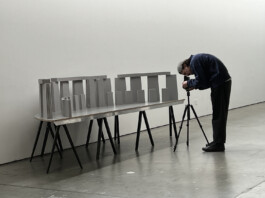
Another description was written by Sylvia Lavin and Maxwell Smith-Holmes (Ph.D candidate at Princeton SoA):
“Ever since prehistoric stones came into contact with modern geometry and mountaintops reencountered the water that pushed them skyward, lithic forms of mineral elementality have confronted architecture, eroding its claims on material durability. With the realization that stone not only composed the earth but was itself constructed through the slow churning of geological time – i.e. viscous glacial movements, molten tremors, crystallizations, and liquefactions – architecture’s conceptual bedrock and temporal horizons became less self-evident, more irresolute. Eventually, visualizing subterranean strata generated an empty space filled with resources awaiting extraction, at the same time illuminating the labor and bodies of individuals sent underground in the realization of such speculative futurities. Traversing a topography from the bowels of mines to the vertiginous heights of Mont Blanc and a timescale connecting multi-millenial tectonic shifts to the ephemeral glitterings of a diamond, architecture’s alliances with stone have again and again dissipated notions of a solid ground of building as well as any mythos of monumental perdurance.”
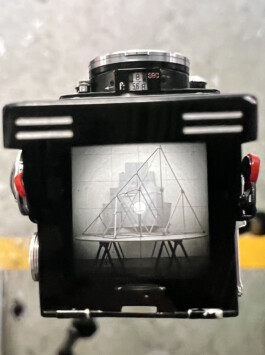
1655
William Stukeley, Stonehenge, a Temple Restor’d to the British Druids (London: W. Innys and R. Manby, 1740).
1655
Inigo Jones, The Most Notable Antiquity of Great Britain Vulgarly Called Stonehenge on Salisbury Plain (London: James Flesher, 1655).
1841
Thomas Sopwith, Description of a Series of Geological Models (Newcastle-on-Tyne: J. Blackwell Co., 1841).
1876
Eugène-Emmanuel Viollet-le-Duc, Le massif du Mont Blanc: étude sur sa constitution géodésique et géologique, sur ses transformations et sur l'état ancien et moderne de ses glaciers (Paris: Libr. Polytechn. Baudry, 1876).
1947
Lina Bo Bardi, “Stones Against Diamonds (1947),” in Stones Against Diamonds (London: Architectural Association, 2013).
Site: Mr. Wren
First Office was founded in 2011 by Anna Neimark and Andrew Atwood to create a dialog between architectural practice and academic discourse. Their collaborative work spans buildings, exhibitions, and publications, all rooted in the belief that architecture is a form of cultural production.
The practice has engaged with leading institutions, including the MAK Center for Art and Architecture, the Chicago and Venice Biennials, MoMA PS1’s Young Architects Program, and the Architectural League of New York. The projects and essays of First Office have been recognized with awards and compiled in Nine Essays (Treatise Press, 2015), as well as in Andrew’s publication Not Interesting: On the Limits of Criticism in Architecture (Applied Research and Design, 2017).
Anna Neimark
Design Faculty and Visual Studies Coordinator, SCI-Arc
anna.neimark@gmail.com
Andrew Atwood
Licensed Architect and Associate Professor, UC Berkeley
w.andrew.atwood@gmail.com